All Minnesota conservatorships are required to file an accounting every year. These are meant to allow the courts to keep track of the assets and spending of a conservatorship and to ensure that the assets are being properly managed by the conservators in charge of managing them. While the way in which the accountings have been done have changed over time, the most recent way the courts have offered is using a CSV template. While this isn’t the only way the accounting can be submitted, it is an easy way for conservators to manage their finances and submit them to the courts in an already approved format.
Find out more about the CSV accounting method for Minnesota conservators as well as what you should do if you are audited by the state.
Using the CSV Template for Conservator Accounting
MyMNConservator (MMC) provides a templated example of a CSV that can help conservators file their inventory and annual accountings electronically. Conservators can upload multiple income and expense transactions with the .csv template file. Instructions for it can be found here.
MMC also provides a sample CSV template for Conservators, which can be downloaded from their website.
Minnesota Conservatorship Account Audit Schedule
Some conservatorships are subject to audits by the courts, which can range in frequency. The schedule for audits tends to be as follows:
- After the First Year: for all accounts audited by CAAP
- Annually: for all accounts reviewed by CARP (can be referred to CAAP)
- Every Four Years: accounts >$10,000 are audited by CAAP; accounts <$10,000 are reviewed by CARP and can be referred to CAAP
What to Do If Your Conservatorship is Audited
Going through an audit can be stressful, but there are several things you can do to make the process as easy as possible. Be prepared to supply these documents to the courts:
- Official bank statements
- Online bank statements are acceptable if they include a full list of transactions, current balance totals and all account owner information
- Official documents that outline all asset types (CD’s, life insurance, IRA’s, prepaid funeral and burial arrangements and any other investment information, etc.)
- Any documentation including receipts and invoices that show expenses paid from the conservatorship
- Documentation for conservator or guardian fees (hourly rates, dates and hours of service, tasks performed, etc.)
- HUD settlement statements for real properties sold during the account period
You may also want to use accounting software or work with an attorney or professional accountant.
Disclaimer: this is for informational purposes only and is not intended to be legal advice. If you need legal counsel, please contact an attorney directly.
